9 Fun Preschool Literacy Activities
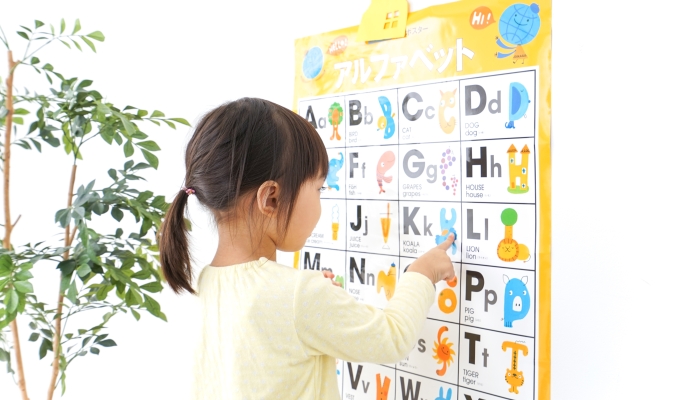
This post may contain affiliate links; please see our terms of use for details.
- Engaging in early literacy activities with preschoolers positively impacts their literacy and academic performance at school age.
- Early literacy activities can be spread organically throughout your day with your preschooler and don’t have to be structured.
- Reading aloud with your child daily is one of the most important literacy activities you can do together.
Early literacy activities have significant long-lasting benefits for your preschooler. However, you don’t have to be rigid or structured about introducing early literacy to your child. It can be fun for them – and for you!
Engaging with a picture book, reading a story together at bedtime, and singing nursery rhymes in the car may seem like child’s play. Still, these early literacy activities will greatly benefit your child’s future success in school.
Many of the activities recommended to introduce reading and books to your child are things that many of us do naturally: singing, drawing with chalk on the sidewalk, playing “I Spy,” and reading the same story every night for months at bedtime.
For a few more ideas, have a look at our roundup of fun preschool literacy activities to instill a love of reading in your little one.
9 Literacy Activities Preschoolers Will Enjoy
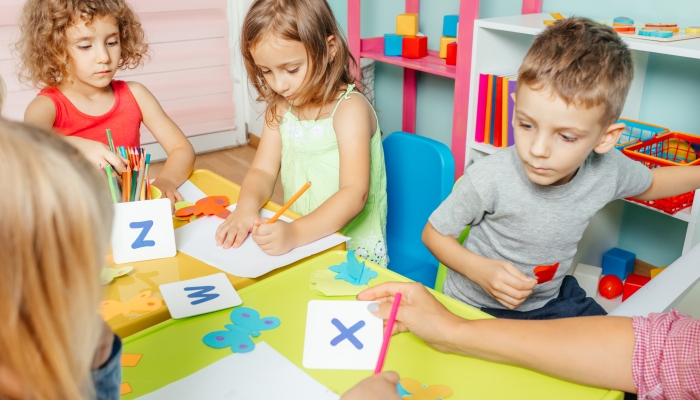
Finding engaging literacy activities for preschoolers may seem daunting, but your child’s natural curiosity about language will make it easier than you think.
1. Bedtime Routine Reading
Reading aloud at bedtime is one of the most manageable and enjoyable literacy activities that also bring you and your child closer. Setting aside twenty minutes at night to read is important for bonding and learning.
This routine also gets your child in the habit of daily reading. They’ll see reading as a calm, positive, and relaxing activity.
Getting bored of reading the same story every night? Change it up and let your child “read” it to you – they probably know it word for word!
2. Reading All Around You
When you’re walking to the playground or driving to the store, point out the text you see to your child. Highlight letters and words for your child. Ask them what letters they see.
You can do the same thing with “grown-up” magazines, newspapers, or books that you’re reading to help your child with letter recognition and decoding skills.
3. Ready to Write
Learning to read and write go hand in hand. Your child won’t know how to hold a pencil properly yet, but you can get them ready for that milestone by working on their fine motor skills.
Play with playdough to strengthen hands and fingers, use chunky chalk to draw pictures on your driveway, and help your child make their name into art by tracing the letters with glitter pens, a paintbrush, or thick markers or crayons. All of these fine motor activities will develop writing skills at an early age.
4. Sensory Play
A great way for preschoolers to learn their letters and incorporate literacy activities is through sensory play. We also used this activity with our son, who has dyslexia, to help him remember how to spell core words.
Fill a tray, cookie sheet, or any flat container with a layer of shaving foam. You can also put a protective cover on your table and spray shaving foam over that too.
Call out a letter or a word and have your child make the shape with their finger in the foam. Let them try the letter first. If they don’t know it, show them and have them copy it in the foam.
It’s guaranteed to be lots of messy learning fun!
5. Letter-Shaped Learning
There are many inexpensive, interactive alphabet-themed toys that can boost your preschooler’s interest in reading.
- Complete Components: Fantastic combination of Coogam 78 PCS Magnetic Letters & Numbers, includes 26 uppercase letters, 26 lowercase letters, 20 numbers and 6 math symbols. Fridge magnets set come in five different colors ( all letters and numbers sizes are about 1.3in -1.4in), totally a visual feast for kids.
- Advanced Feature: So much happy to combine magnet alphabets into vocabulary words and sentence building. Each vibrantly-colored letter and number has a magnetic back layer, stick the letters on other ferromagnetic surfaces as well such as the refrigerator for group-and-split fun. Cool item for fridge door.
- Certified Safe: Letters and numbers are constructed of harmless plastic material. Durable enough and pose a very little risk of harming the children. Lightweight and small size with smooth edges and curves, perfect for small hands to hold on, yet is large enough to be safe from choking.
- Designed Skills: Enjoy playful moments while learning new things at the same time. With this amazing magnets set, kids can practice their spelling & counting skills and build their word skills, also learn and recognize different colors. Hands-on activities hold their attention longer. Awesome teaching tool for young kids.
Classic letter magnets for your fridge or magnet board are fun and easy to use. Just put them up and take a few minutes a day to spell new words or practice the alphabet. You’ll find your child playing with these independently and learning the letter shapes through touch and color.
Letter-themed cookie cutters that your preschooler can use with play dough, or real dough if you’re doing some baking, are another great sensory toy for learning the alphabet.
6. Icy Letter Learning
Try freezing your magnetic letters in ice cube trays for an added sensory learning experience.
Once frozen, put cubes in a tray outside for your child to play and experiment with as the ice melts and reveals the letters underneath. A really cool way to engage with the alphabet!
7. Alphabet Kick Cup
This is a fun game you can play in a couple of ways. All you need is a ball, some plastic cups, and a marker.
Write a letter on each cup. Line up your cups. Have your preschooler kick the ball from some distance away. When they knock over a cup, help them identify the letter and make the sound.
Or, if your preschooler is already familiar with letters, call out a letter and ask them to kick the ball to knock over the cup.
You can stack the cups or line them up to build words as your preschooler gets more comfortable with the alphabet.
8. Letter Scavenger Hunt
Give your child a basket or bucket and a card with a letter.
Ask them to walk around the house, finding all the objects and toys they can that start with that letter sound. Try a few different letters for a fun and educational literacy game.
9. Alphabet Blocks
Unstructured block play is excellent for preschoolers’ developing motor skills, problem-solving skills, and mathematical awareness. With some letters on those blocks, you’ll also boost your child’s literacy awareness.
While a classic set of alphabet blocks is always good to have around, you can also draw letters onto your preschooler’s favorite Duplo blocks.
Encourage them to stick together a tower of all the letters of the alphabet in sequence.
Or encourage them to spell simple words. Write three letter words on the long blocks, and have your child match the corresponding smaller letter blocks to spell the words.
Also, just let your child play with them independently. They’ll still be exposed to the alphabet and make their own organic connections with it as they busy themselves with building.
Preschool Literacy Activities: What Parents Need to Know
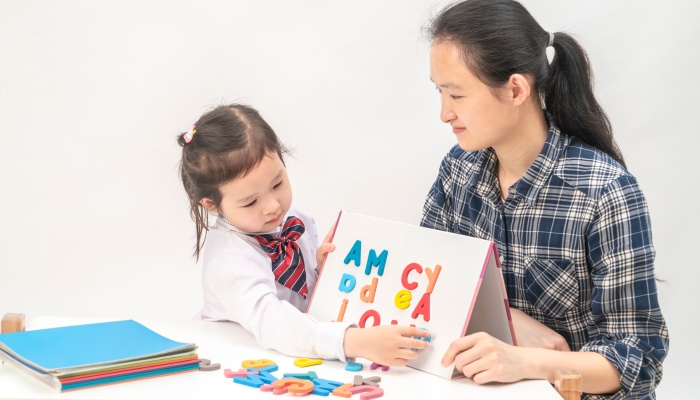
Literacy activities include more than reading books and reciting the alphabet. Early literacy activities also encompass a whole range of language-based experiences that expand your child’s vocabulary, show them how language works, and encourage their recognition of the printed word.
Literacy activities can be sprinkled throughout your day in almost everything you do with your child—no need to be too formal about how and when you do them.
Examples of these activities include:
- Talking about your day
- Describing people, places, and things you come across
- Singing
- Repeating nursery rhymes
- Drawing
- Storytelling
- Reading picture books
- Writing
- Pointing out words in the environment, like on street signs
It’s never too early to start working on language and communication skills with your child. Creating a language-rich environment for your infant builds a strong foundation for oral language development and basic literacy skills when your child reaches school age.
Early Literacy Developmental Milestones
These activities, many of which you probably already do, will help your preschooler reach their early literacy developmental milestones.
According to Reach Out and Read11. Resources. Reach Out and Read. 2023. https://reachoutandread.org/what-we-do/resources-2, a national nonprofit that promotes childhood literacy, children ages three and up can generally do the following:
- Handle a book confidently
- Turn the pages one at a time
- Retell a familiar story
- Listen to longer stories
- Understand what printed text is
- Move their finger along the text
- Attempt to “write” their name
- Demonstrate letter recognition
- Pretend to read to their toys
- Understand rhyme
Benefits of Literacy Activities for Preschoolers
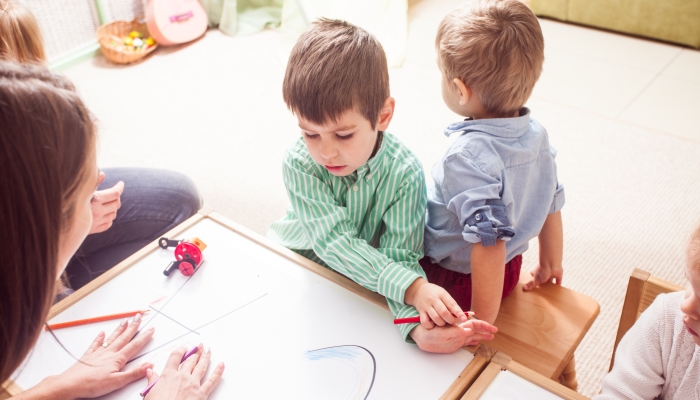
The National Institute of Health22. Why is early learning important?. Resources. Eunice Kennedy Shriver National Institute of Child Health and Human Development. 2021. https://www.nichd.nih.gov/health/topics/early-learning/conditioninfo/matter reports that developing preschool early literacy skills can have a lasting impact on children’s lives. For example, NIH points out that early learning cognitive activities can lead to these important advantages:
- Higher test scores from preschool through higher education
- Better grades in reading and math throughout school
- Better retention rate in high school
- Better chance of going to college
- Less teen pregnancy
- Improved mental health
- Lower risk of adult heart disease
- A longer lifespan
A recent 2022 study in the International Journal of Environmental Research and Public Health33. Dicataldo, R., & Roch, M.. How does toddlers’ engagement in literacy activities influence their language abilities?. International Journal of Environmental Research and Public Health. 2022;19(1), 526. https://doi.org/10.3390/ijerph19010526 showed that children who engage in language and literacy activities in early childhood are more likely to be better readers later in school: “Children who show a greater interest in literacy-related activities and voluntarily engage in them are likely to become better readers than children with less interest in literacy.”
Why Are Literacy Skills Important in Early Childhood Development?
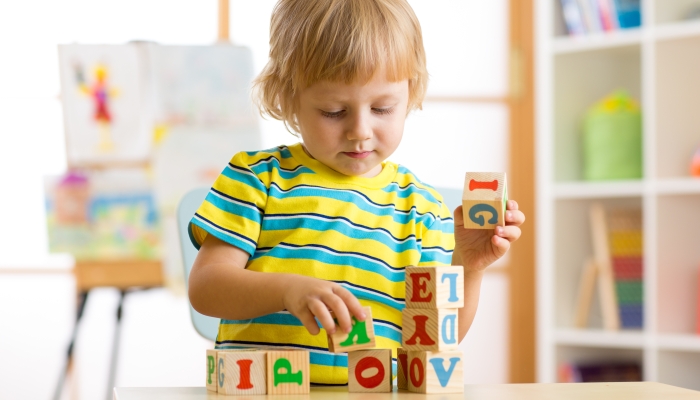
Research from the National Institute for Literacy44. Washington, DC: U.S. Government Printing Office. Developing early literacy: Report of the National Early Literacy Panel. Eunice Kennedy Shriver National Institute of Child Health and Human Development, NIH, DHHS. 2010. https://www.nichd.nih.gov/publications/product/346 shows that early literacy skills in preschool consistently predict better school achievement and stronger conventional literacy and language skills in oral reading, writing, fluency, and spelling.
In addition, it’s widely accepted that birth to age five are the most critical years for developing oral-spoken language and cognitive skills that children will use in school and beyond.
How to Boost Your Preschooler’s Literacy Skills
So does all this mean you need to start giving your toddler reading lessons or studying Shakespeare with your preschooler? Not at all!
When you ask your preschooler to describe the wooden block tower they just built, you promote literacy skills and the development of their oral language and cognitive skills.
When you read street signs aloud as you walk to the park, you help your child with letter recognition, print awareness, and phonemic awareness.
These simple, everyday language activities create a language environment for your child that promotes the literacy skills they’ll build upon later in school.
References
- Resources. Reach Out and Read. (2023, April 7). https://reachoutandread.org/what-we-do/resources-2
- U.S. Department of Health and Human Services. (2021). Why is early learning important? Eunice Kennedy Shriver National Institute of Child Health and Human Development. https://www.nichd.nih.gov/health/topics/early-learning/conditioninfo/matter
- Dicataldo, R., & Roch, M. (2022). How does toddlers’ engagement in literacy activities influence their language abilities? International Journal of Environmental Research and Public Health, 19(1), 526. https://doi.org/10.3390/ijerph19010526
- Washington, DC: U.S. Government Printing Office. (2010). Developing early literacy: Report of the National Early Literacy Panel. Eunice Kennedy Shriver National Institute of Child Health and Human Development, NIH, DHHS. https://www.nichd.nih.gov/publications/product/346
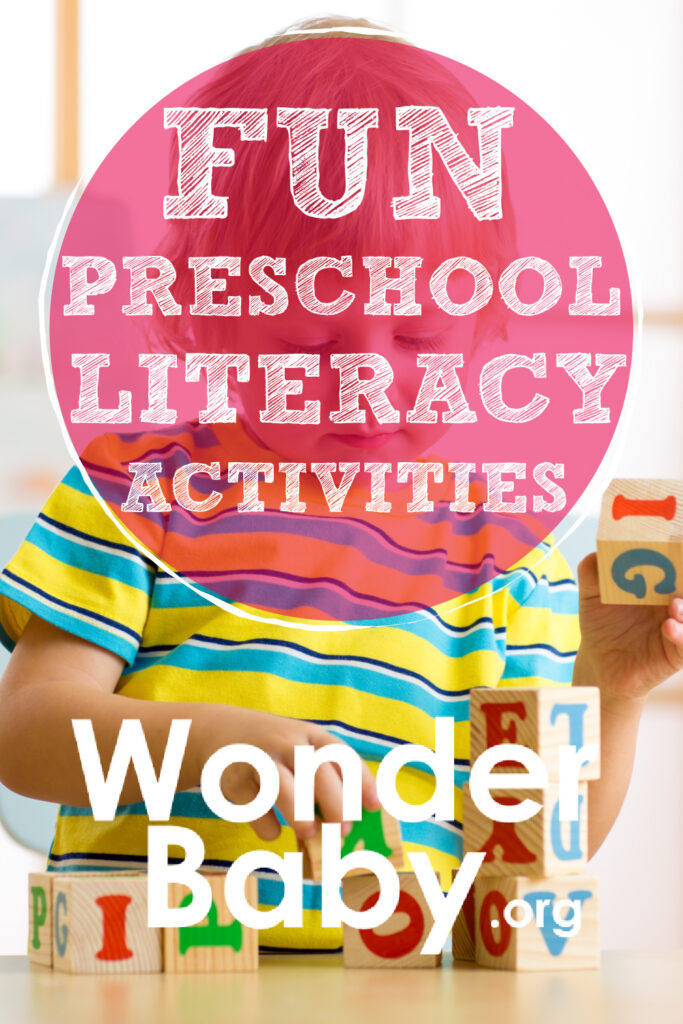
Related Posts

IEPs
What Should I Bring to My Child’s First IEP Meeting?
Prepare for your child's first IEP meeting with confidence! Discover exactly what documents to bring, including educational records, medical info, and questions to ask.
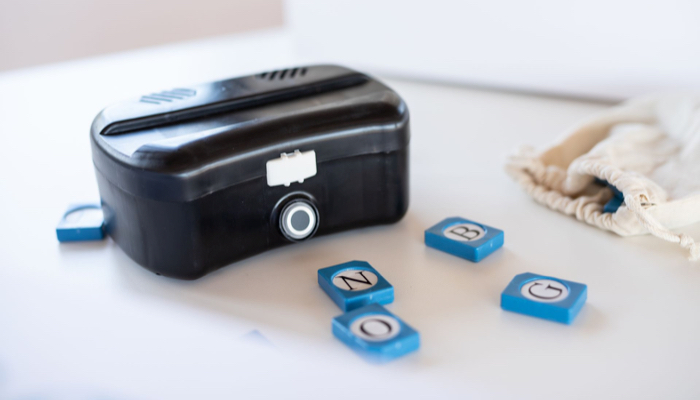
Braille and Literacy
Making Braille Fun: Introducing Handi Exceller’s Innovative Learning Tools for Blind Students
Handi Exceller was born from a simple idea: learning braille should be both fun and accessible. The company creates interactive and gamified ways to teach braille.

Braille and Literacy, Toys, Visual Impairment
24 Braille Toys for Kids Who are Blind
Everything from alphabet blocks to raised line coloring pages and activity books to puzzles to card and board games... and so much more! And it's all in braille ready for...
